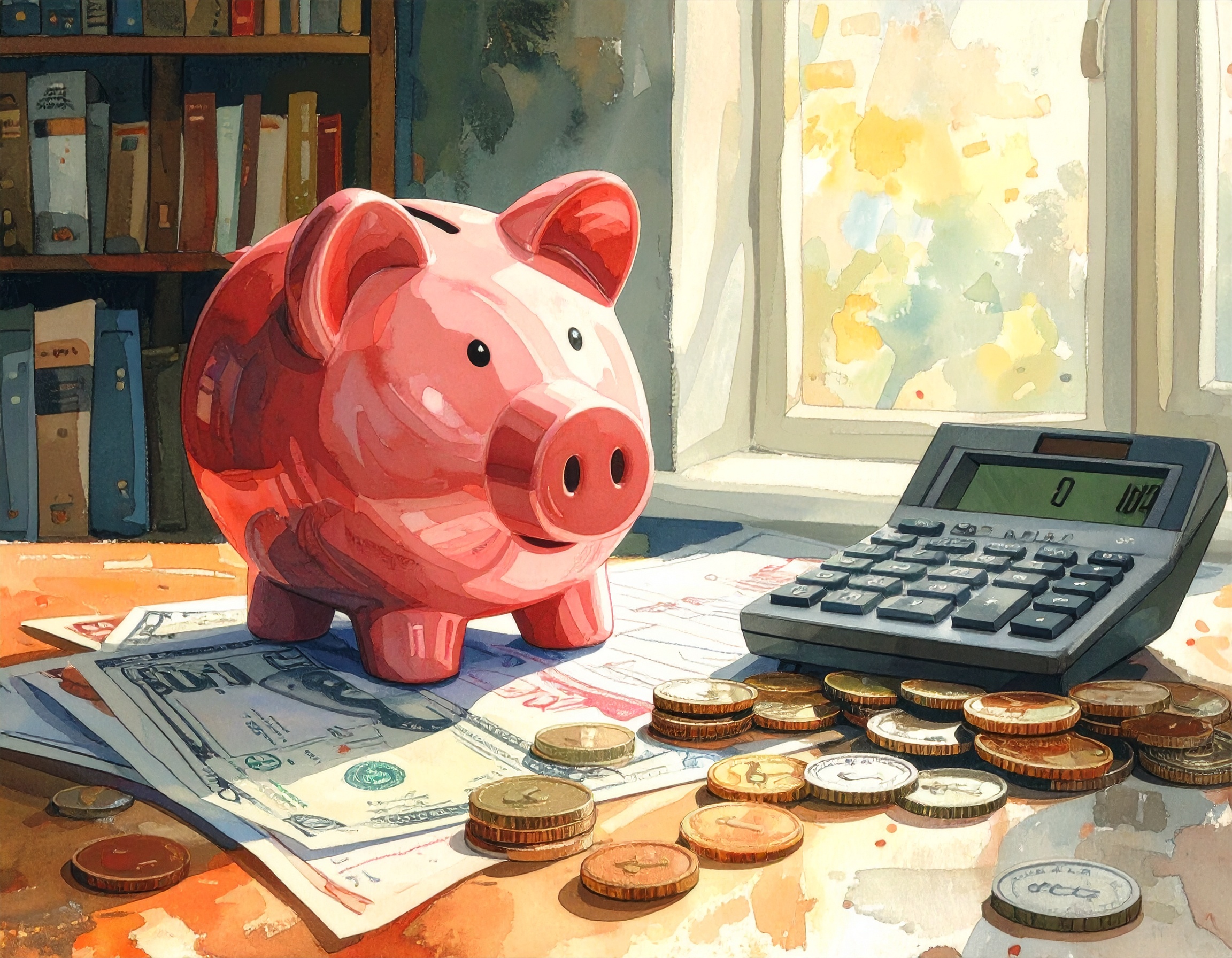
At Wise-Wallet, personal finance is a journey.
Read MoreCorrect! Nice Job!
Refund math is among the clearest parts of tax filing: if total withholding and estimated payments exceed tax liability, the taxpayer receives the difference as a refund. In the example used earlier, withheld taxes of $2,800 minus a tax liability of $2,200 produces a $600 refund. This arithmetic is the reconciliation step every filer experiences — tracking amounts paid during the year and comparing them to final tax computed on the return. Knowing this formula helps you make intentional decisions about withholding: do you want larger refunds (which are effectively forced savings) or smaller refunds and more take-home pay during the year? Each choice carries trade-offs. Large refunds indicate overwithholding — money borrowed interest-free to the government — while owing at filing signals underwithholding or underpayment through the year.
If your goal is cash-flow efficiency, gradually adjust withholding downward to retain more pay during the year, and invest or use that money rather than waiting for a refund. Conversely, if you prefer predictable windfalls or dislike budgeting, overwithholding may be acceptable as a forced saving mechanism. When adjusting withholding, do so conservatively and re-evaluate annually or whenever life changes (marriage, new job, child). Also consider whether refundable credits or year-end deductions will materially affect expected refunds. Many taxpayers use simple projections mid-year — estimate income, apply a likely tax rate, and compare to year-to-date withholding — to decide whether to submit a new W-4 or make a timely estimated payment before the filing deadline to avoid surprises.
By Quiz Coins
Roth IRAs are funded with after-tax dollars so qualified withdrawals are tax-free, while traditional IRAs offer tax-deferred contributions.

Pick cards to match your life: cashback for simplicity, travel cards for frequent flyers who use perks, and balance-transfer cards to crush debt — then automate, pay in full, and track value.
Read More
Build a simple, automatic emergency fund by choosing a target, automating transfers, and using low-effort saving hacks — no spreadsheets required.
Read More